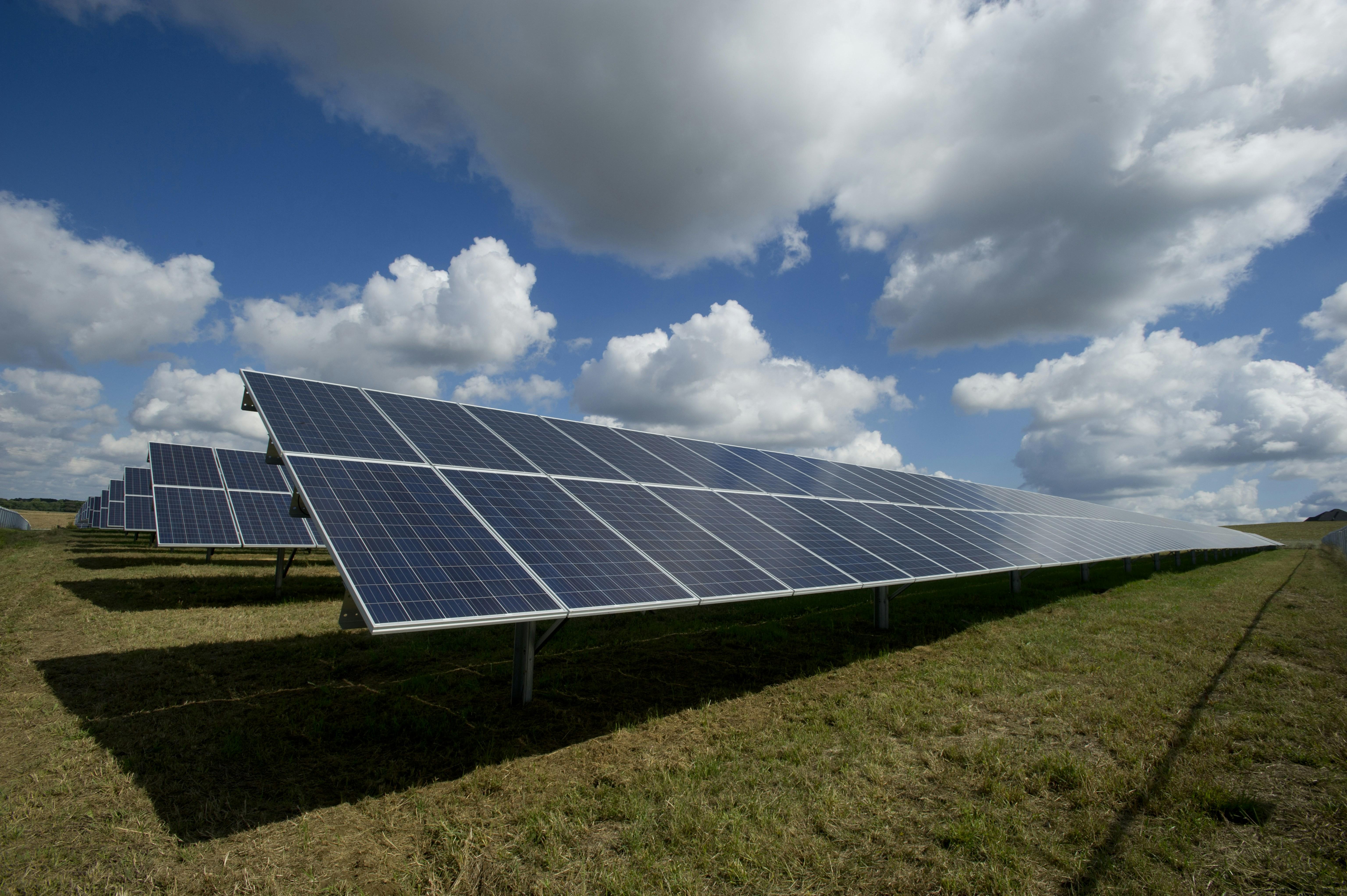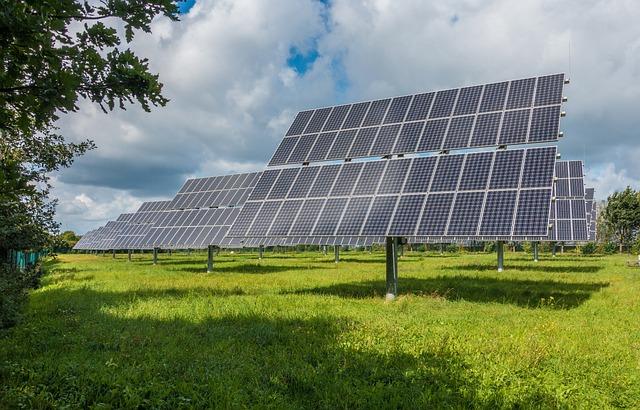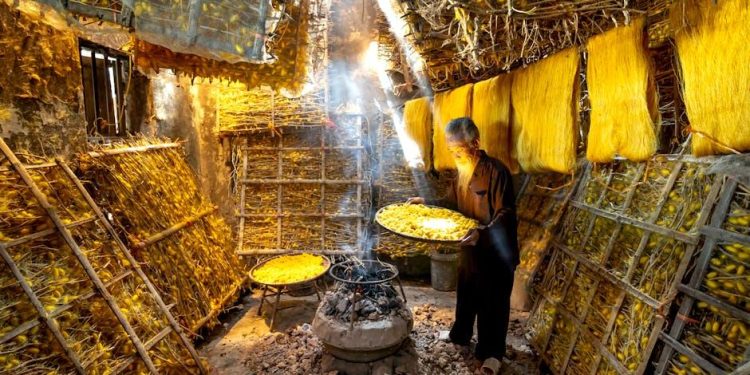In the bustling marketplace of renewable energy, a silent yet fervent competition is unfolding beneath the sunlit skies. As solar panels increasingly adorn rooftops and landscapes, a critical question emerges from the shadows: Are local solar manufacturers being outcompeted by imports? This inquiry delves beyond the gleaming surface of sustainability, probing into the intricate dynamics of global trade, innovation, and economic resilience. In this exploration, we seek to unravel the forces at play in the solar industry, examining whether local craftsmanship can withstand the global tides or if imported prowess is set to dominate the horizon. Join us as we journey through this sun-drenched battleground, where economics and environmental aspirations converge, casting light on the future of solar manufacturing.
Challenges Facing Domestic Solar Producers
In the competitive landscape of solar energy, local manufacturers face a myriad of hurdles. Cost pressures are a significant challenge, as international producers, often benefiting from economies of scale, can offer products at lower prices. This creates a price-sensitive market where local companies struggle to compete. Additionally, supply chain disruptions can disproportionately affect smaller, domestic firms lacking the global networks that larger, international companies enjoy.
- Regulatory hurdles: Navigating through complex regulatory frameworks can slow down innovation and increase costs for domestic producers.
- Technological advancement: Keeping up with the rapid pace of technological change demands significant investment in research and development, which may not be feasible for smaller players.
- Market access: Limited access to international markets restricts growth opportunities, making it difficult for local producers to scale up.
Despite these challenges, there is a silver lining. The growing emphasis on sustainability and local sourcing provides domestic producers with a unique selling point. By capitalizing on government incentives and focusing on quality and innovation, local solar manufacturers have the potential to carve out a niche in this rapidly evolving industry.

Economic and Environmental Impacts of Solar Imports
The influx of imported solar panels has stirred both economic and environmental discussions. On one hand, these imports often come at a lower cost, making solar energy more accessible to a broader audience. This affordability can accelerate the adoption of renewable energy, contributing positively to environmental goals. However, the dominance of foreign manufacturers can pose significant challenges to local solar industries, potentially leading to job losses and reduced innovation domestically. Balancing these imports with local production could be key to sustaining both economic growth and environmental benefits.
- Cost-effectiveness: Imported solar panels are often cheaper due to economies of scale and lower production costs abroad.
- Environmental Benefits: Increased accessibility to solar technology can significantly reduce carbon footprints.
- Local Industry Impact: Competition from imports may undermine local manufacturers, affecting jobs and local economies.
- Innovation Concerns: Heavy reliance on imports could stifle domestic innovation in solar technology.
Finding a strategic balance is crucial. Policymakers might consider incentives for local manufacturers to innovate and compete effectively while ensuring that imports continue to drive the broader adoption of clean energy solutions.

Strategies for Strengthening Local Solar Manufacturing
In the race to bolster domestic solar manufacturing, a multi-pronged approach is essential to ensure that local producers can compete effectively with international imports. Investment in technology stands as a pivotal strategy; by fostering innovation and adopting cutting-edge production methods, local manufacturers can enhance efficiency and reduce costs. Government incentives can also play a significant role. These could take the form of tax breaks, subsidies, or grants aimed at reducing the financial burden on local companies and encouraging expansion and modernization.
Furthermore, establishing a robust supply chain is critical. By sourcing raw materials locally and forming strategic partnerships, manufacturers can reduce dependency on foreign suppliers and improve resilience against global disruptions. Additionally, cultivating a skilled workforce through training programs and apprenticeships ensures that the industry has access to the talent necessary to thrive. Lastly, fostering public-private collaborations can lead to shared knowledge and resources, driving growth and innovation in the sector. By implementing these strategies, local solar manufacturers can carve out a competitive edge in the global market.

Policy Recommendations to Enhance Competitiveness
To bolster the position of local solar manufacturers against the influx of foreign imports, several strategic policy recommendations can be implemented. First, governments can consider introducing or enhancing tax incentives and subsidies for domestic solar production. This would reduce operational costs and make local products more competitively priced. Furthermore, establishing research and development grants aimed at fostering innovation within the solar sector can help local manufacturers advance technologically, creating products that rival or exceed the efficiency and appeal of imported alternatives.
Additionally, creating a supportive regulatory environment is crucial. Policies such as streamlined permitting processes and clear regulatory frameworks can significantly reduce barriers to entry and operation for local manufacturers. Encouraging public-private partnerships can also be beneficial, as they often lead to shared resources and expertise, thus enhancing the overall competitiveness of the local industry. Implementing local content requirements in public sector projects could ensure that a portion of solar components are sourced from domestic producers, fostering growth and stability in the local market.
Key Takeaways
As the sun sets on our exploration of the challenges facing local solar manufacturers, it becomes clear that the energy landscape is as dynamic as the rays that power it. While imports continue to shine brightly with their competitive pricing and scale, the resilience and innovation of domestic manufacturers flicker with potential. This interplay between global and local forces invites a broader conversation about sustainability, economic growth, and the future of energy independence. As we stand at this crossroads, the path forward will be shaped by policy decisions, technological advancements, and the unwavering determination of those committed to harnessing the sun’s power. Whether local or imported, the ultimate goal remains the same: a brighter, cleaner future for all.

































